Youbi’s new HQ in Honshu is a friendly local hub as well as a furniture factory
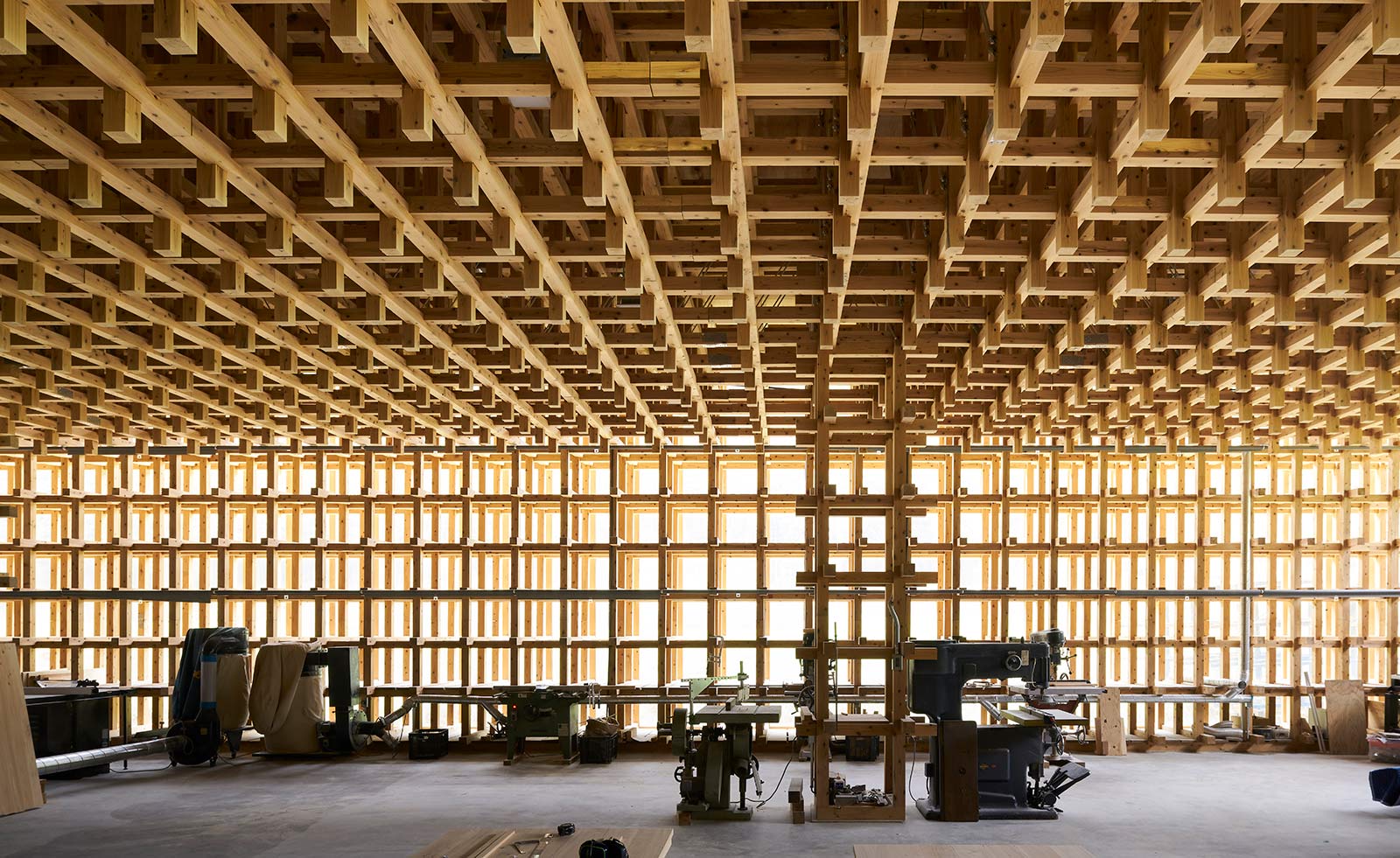
Being woken in the middle of the night by a phone call telling you that the furniture factory of the business you have been developing for the last six years is on fire would probably leave most people in a state of gloom. But not Masayuki Oshima, the charismatic president of Youbi, a small producer of Japanese hinoki cypress furniture in the picturesque village of Nishiawakura in Okayama prefecture.
After the last embers were put out and the charred building was surveyed for anything salvageable (precious little), Oshima decided to turn disaster into opportunity. He told his staff that this was their chance to build a better place for Youbi to explore the use of hinoki in furniture, and to create a fun and open workspace for everyone. This was in January 2016.
Fast forward to 2018 and the striking new factory is now a beacon for the whole village. Getting here, though, took some effort. ‘We held an internal workshop in June 2016, where everyone contributed with ideas for our new home,’ Oshima’s wife Naoko explains over lunch in the fully glazed canteen that overlooks the lush green rice paddies surrounding Youbi’s new HQ. Staff take turns preparing meals, and it feels more like having lunch at a friend’s house than eating at a furniture manufacturer.
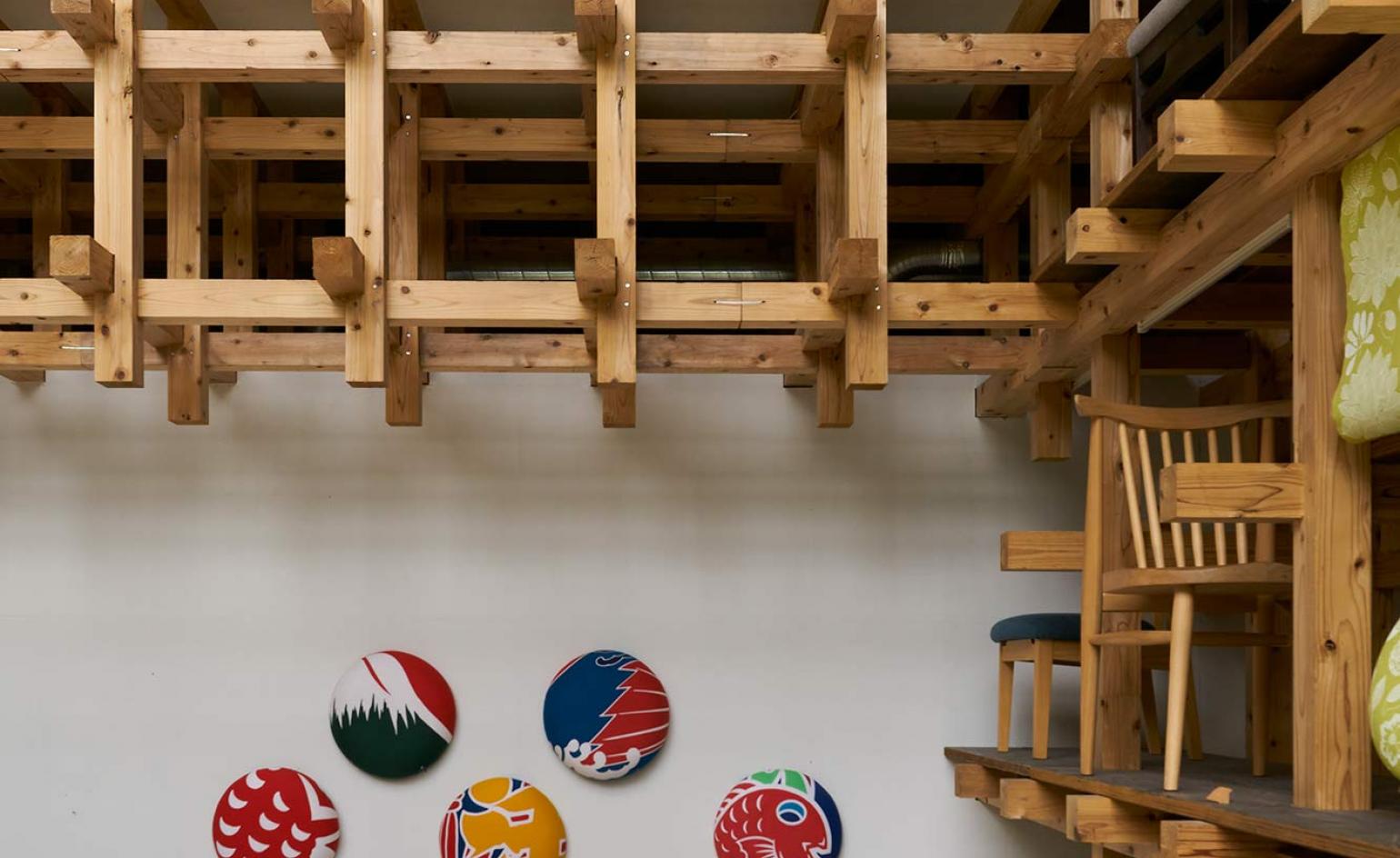
The showroom, with a pair of ‘hotaru’ stools and a selection of chairs, all made of hinoki cypress. On the back wall is a series of colourful stool cushions made from traditional Japanese fishing flags.
‘One of the staff came up with the idea of having a dining room at the centre of our new factory,’ Naoko continues, ‘and this room is, in fact, almost completely in the centre of our plot of land.’ Her husband later tells me that since they started preparing and eating their daily lunch together, communication and quality at the factory has gone up considerably.
Before founding Youbi, Masayuki Oshima was learning how to build furniture in Gifu, one of Japan’s more active furniture-producing regions. He heard about the village of Nishiawakura’s ambitious Hundred Year Forest Plan to both rejuvenate the local lumber industry and secure a sustainable tree-filled environment.
‘I came on a brief visit and immediately fell in love with the place and the project,’ he explains. The next day, he handed in his resignation and decided to move roughly 300km west to Nishiawakura.
The village has attracted a number of businesses over the last ten years or so. Besides Youbi, there are a couple of other small wood producers, such as Morinogakko, which makes hinoki flooring and other products for domestic interiors and the building trade. A former school building nearby has been turned into a café, bakery and brewery, and is becoming a local hub.
Some 95 per cent of the municipality is covered by forest. Of that, more than 80 per cent is Japanese hinoki cypress or sugi cedar. Hinoki has been traditionally used for the construction of homes and temples, as well as Japanese bathtubs. Not many people have experimented with using hinoki for furniture as it is believed to be too light and too soft. Oshima, however, quickly decided to make furniture using only hinoki precisely for those reasons.
Youbi’s Windsor chair, for example, can be easily lifted with one hand despite its sturdy construction. Because of the flexibility of the material, Youbi is able to bend the wood into shapes that would be more difficult with harder species. ‘It’s also important for us that we support the local lumber industry,’ says Oshima.
When forced to rebuild the factory after the fire, it was only natural to look at using local lumber for the bulk of the construction, too. A friend showed Oshima a way of using plain sugi cedar beams in a grid structure that would allow for the wide spans needed for the large factory area. Oshima was quickly convinced this method would make a striking statement for the company.
Work started in June 2017 and because funds were tight, Oshima invited friends to come and help with the construction. ‘Word quickly spread, and we even had people showing up that had heard about a fun project here in Nishiawakura, but otherwise had no idea of what the project was or who we were,’ Oshima laughs.
In total, more than 400 volunteers helped out, before the factory reopened earlier this year. Visitors are welcome, and if you arrive around noon you might be lucky enough to get invited to the staff lunch.
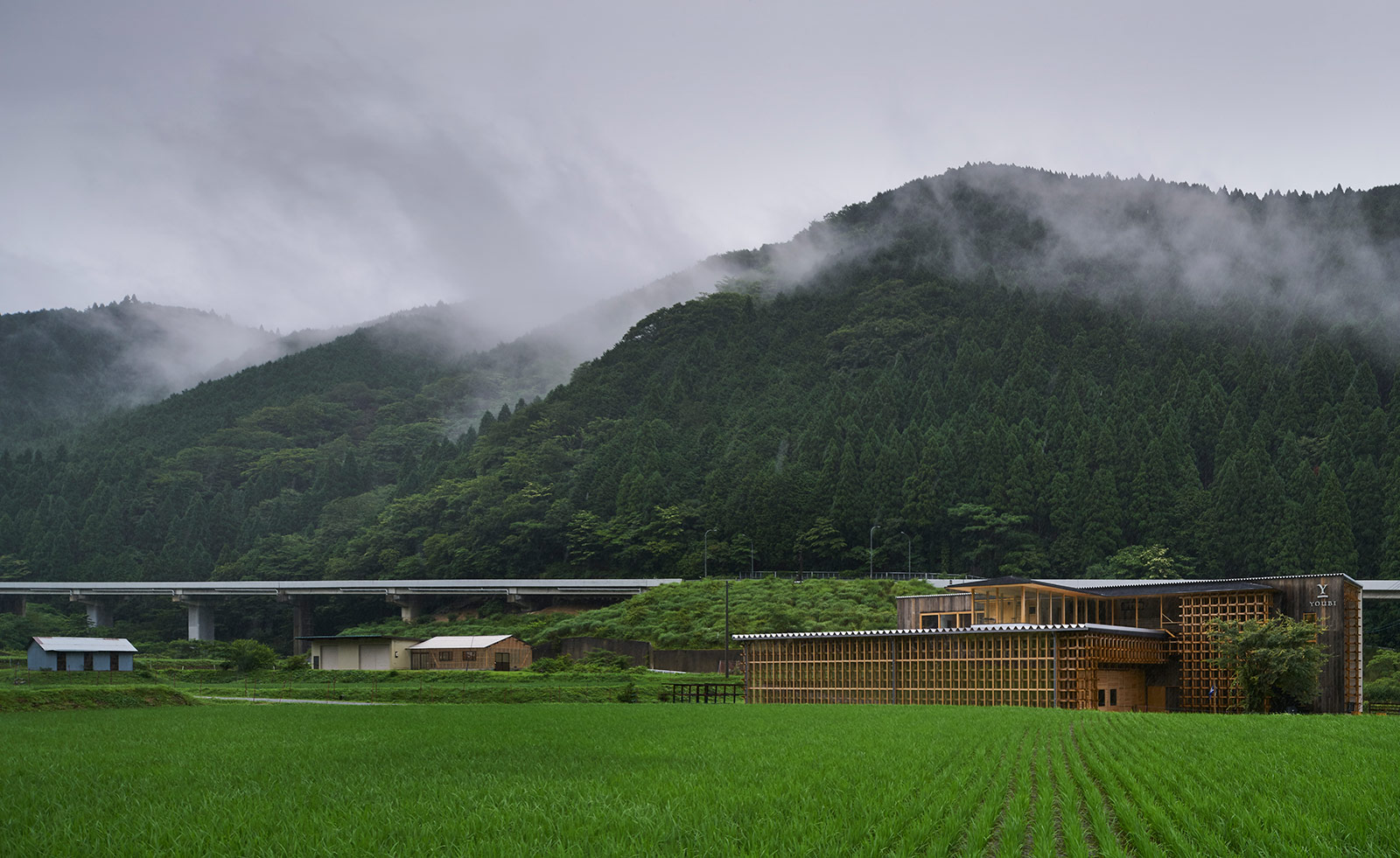
The building is located in Nishiawakura, near Okayama, on Japan’s Honshu island. Forests make up some 95 per cent of the municipality
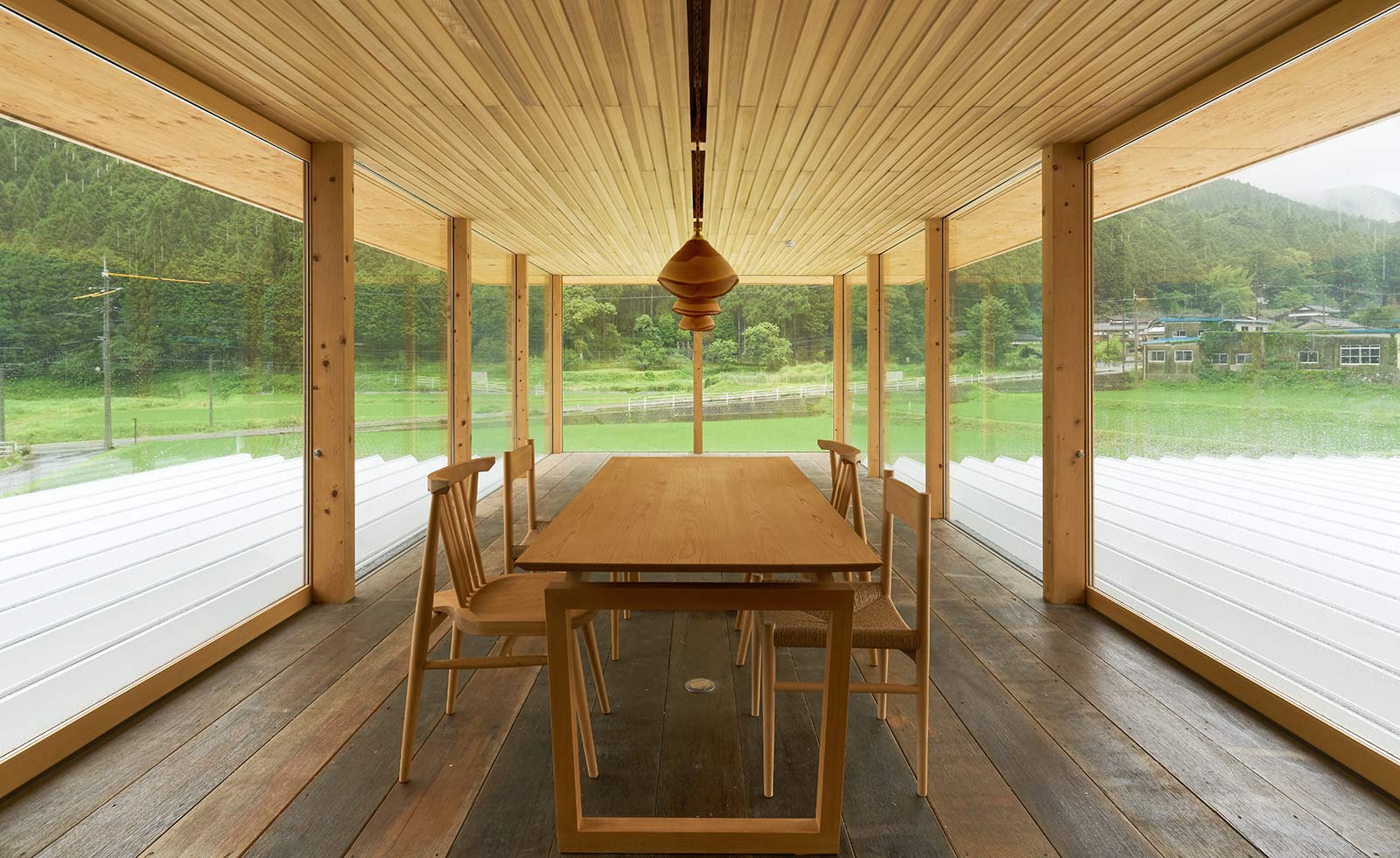
The staff dining room overlooks lush rice paddy fields
INFORMATION
For more information, visit the Youbi website
Wallpaper* Newsletter
Receive our daily digest of inspiration, escapism and design stories from around the world direct to your inbox.
Originally from Denmark, Jens H. Jensen has been calling Japan his home for almost two decades. Since 2014 he has worked with Wallpaper* as the Japan Editor. His main interests are architecture, crafts and design. Besides writing and editing, he consults numerous business in Japan and beyond and designs and build retail, residential and moving (read: vans) interiors.
-
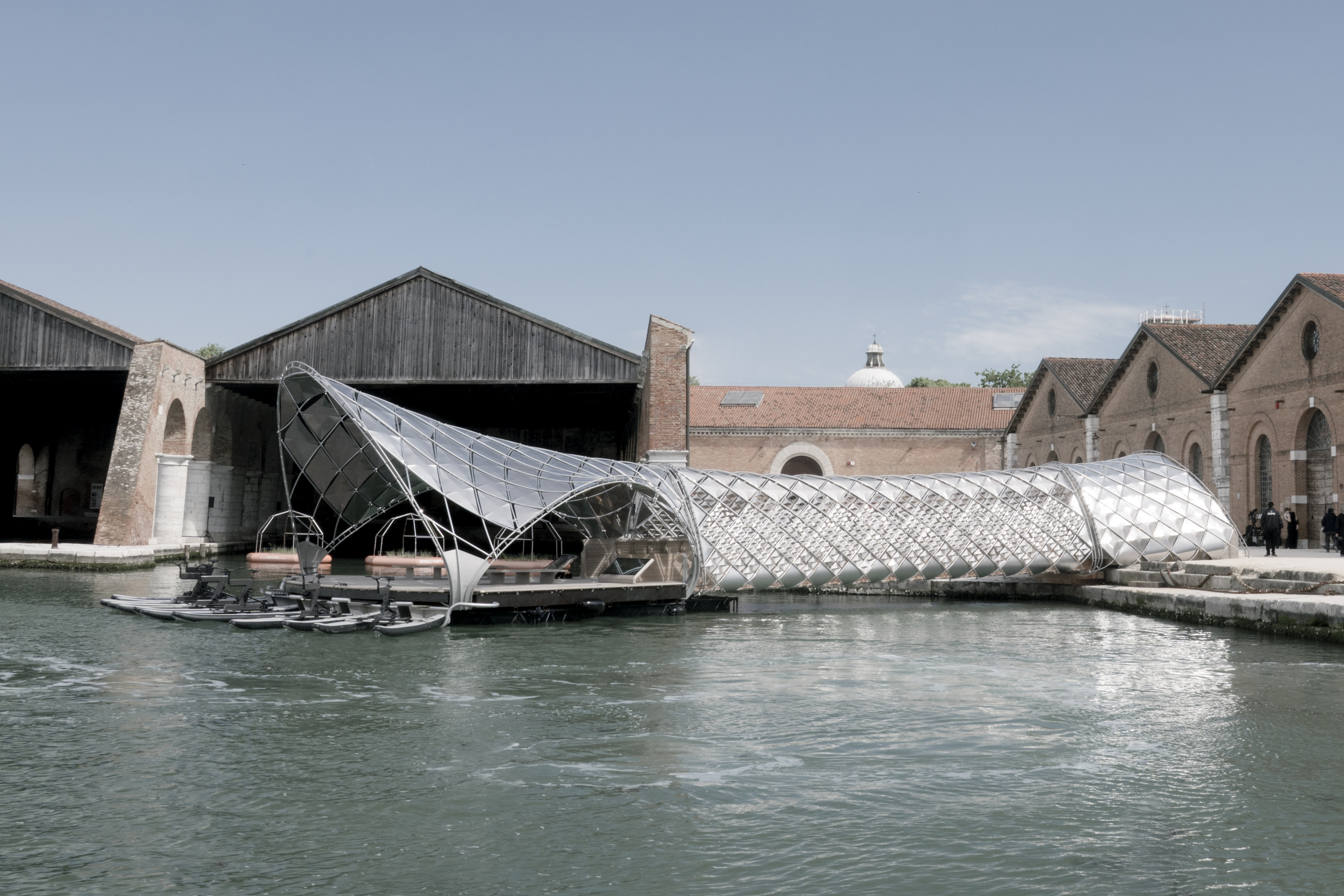 Norman Foster and Porsche reimagine movement at the 19th Venice Architecture Biennale
Norman Foster and Porsche reimagine movement at the 19th Venice Architecture BiennaleNorman Foster Foundation and Porsche collaborate on 'Gateway to Venice's Waterway', a flagship installation at the 19th global architecture biennale
-
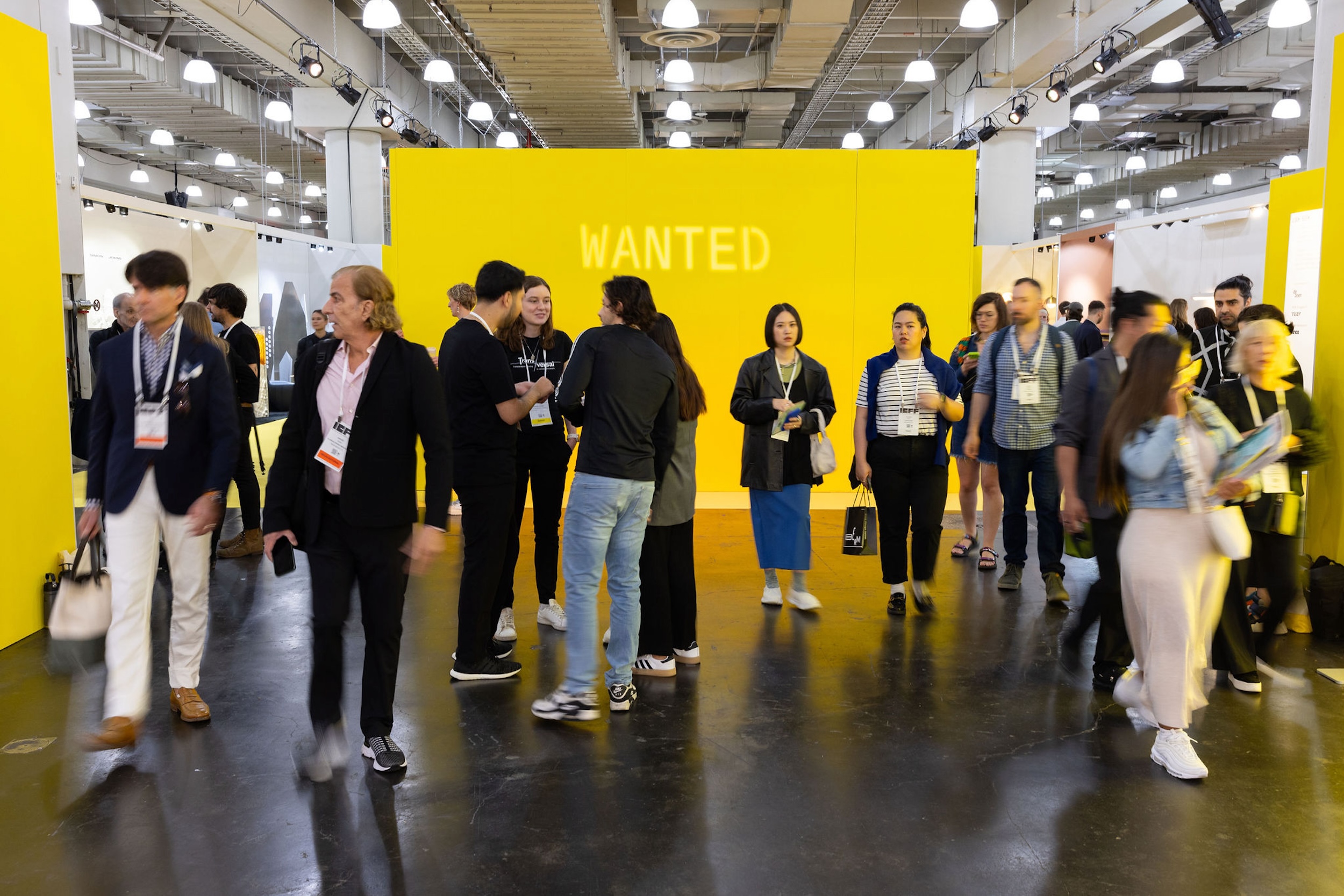 What not to miss at NYCxDesign 2025, according to our editors
What not to miss at NYCxDesign 2025, according to our editorsFrom mega furniture fairs to can't-miss parties, here's what to catch at North America's biggest celebration of design
-
 These Loro Piana sunglasses are inspired by the house’s superlative garments
These Loro Piana sunglasses are inspired by the house’s superlative garmentsContinuing the house’s continent-crossing journey to find the very best materials – from Mongolia to New Zealand – Loro Piana’s new sunglasses collection takes it to Japan, where the first titanium frames were made in the 1980s
-
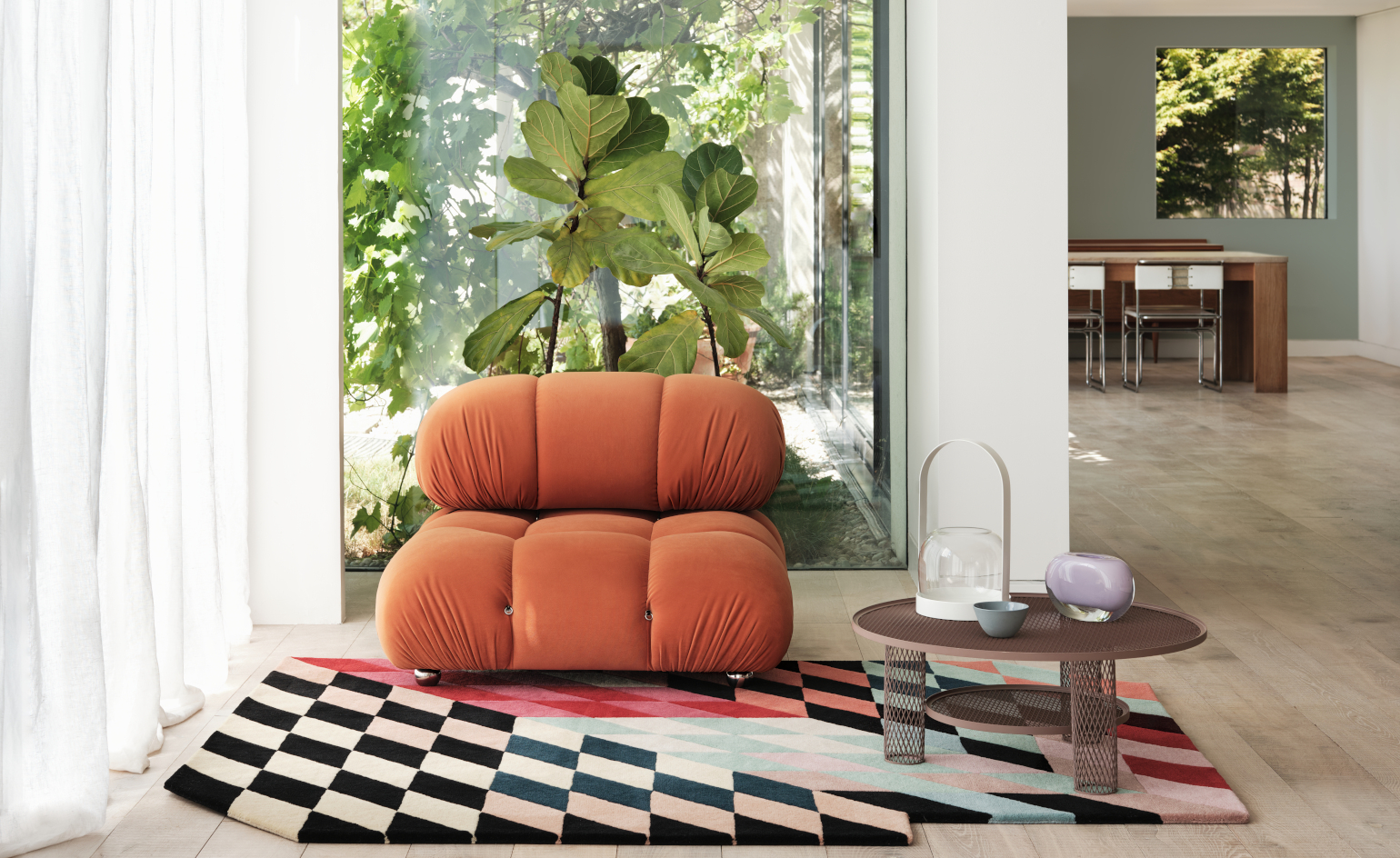 This new rug release from Floor Story is causing a cosmic eclipse
This new rug release from Floor Story is causing a cosmic eclipseKangan Arora and Floor Story have designed ten otherworldly illusions of form and tone – the ‘Cosmic Check’ and ‘Falling Shadows’ rug collections
-
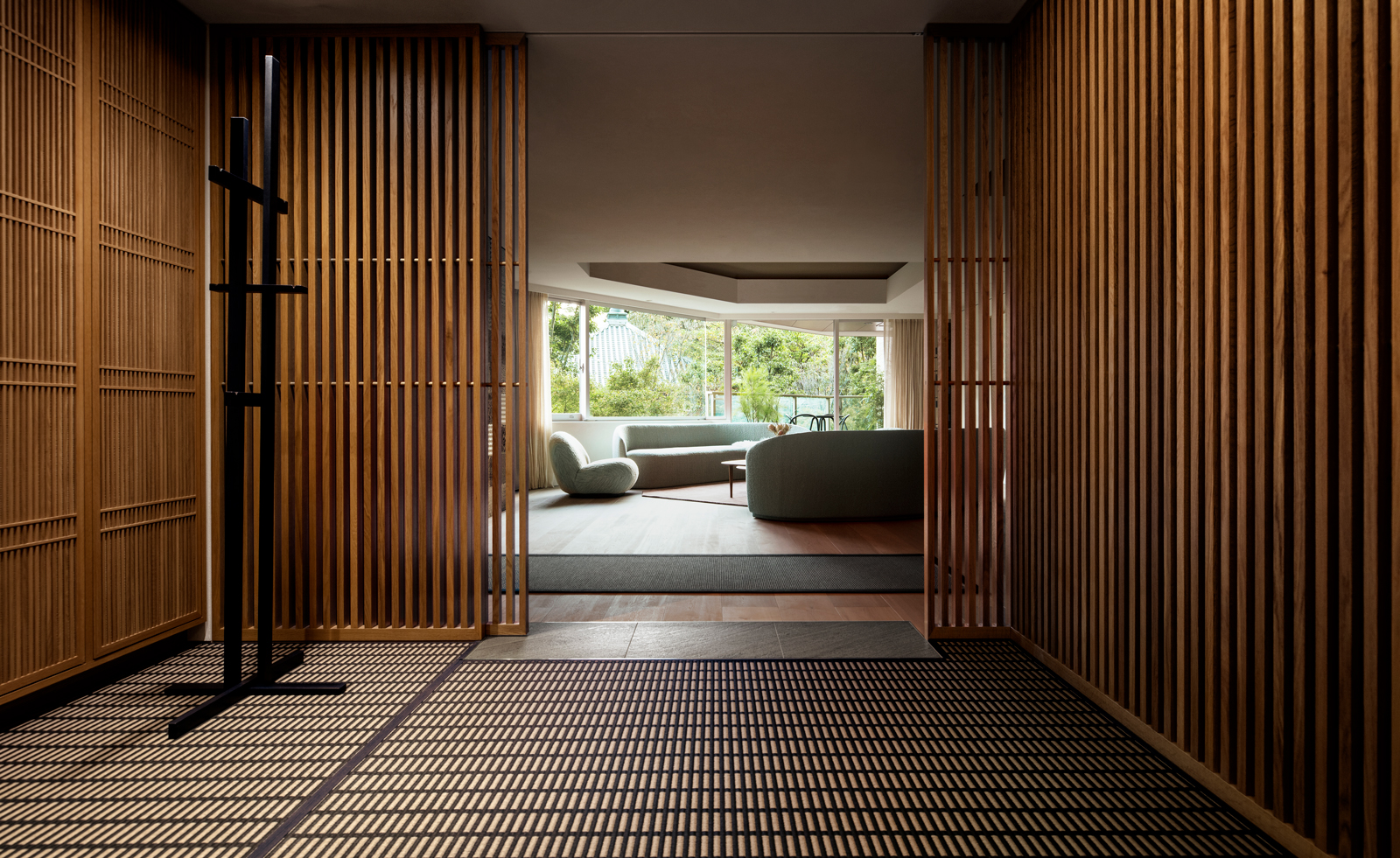 Scandinavian design meets Japanese heritage in OEO Studio’s Tokyo apartment
Scandinavian design meets Japanese heritage in OEO Studio’s Tokyo apartmentOEO Studio has collaborated with Japanese property developer ReBita on a luxury new apartment at Tokyo’s Opus Arisugawa Terrace & Residence
-
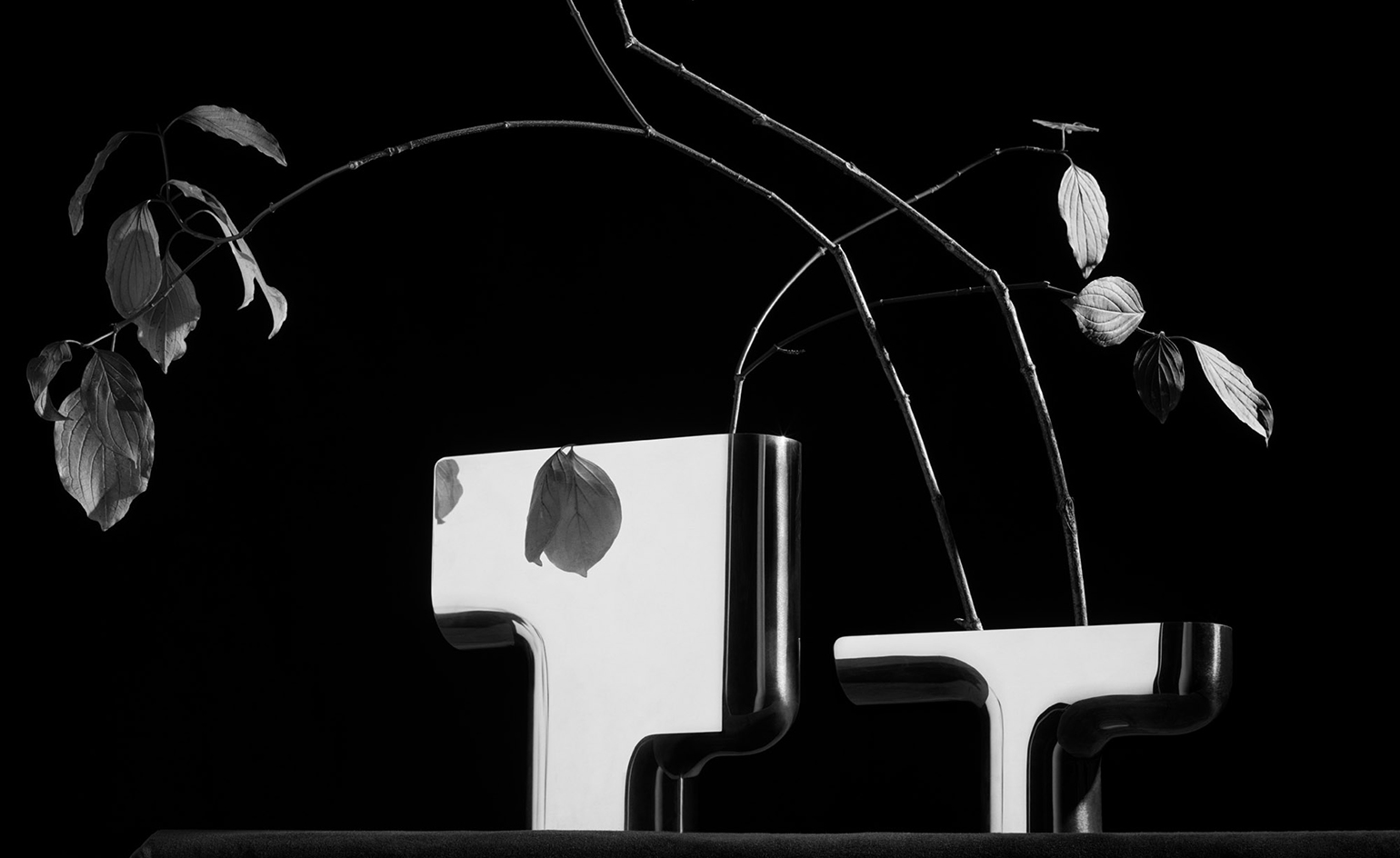 Nendo and Georg Jensen create silver vases inspired by nature
Nendo and Georg Jensen create silver vases inspired by natureJapanese design studio Nendo and Danish silversmith Georg Jensen create a set of three silver vases that combine organic forms and minimalist aesthetics
-
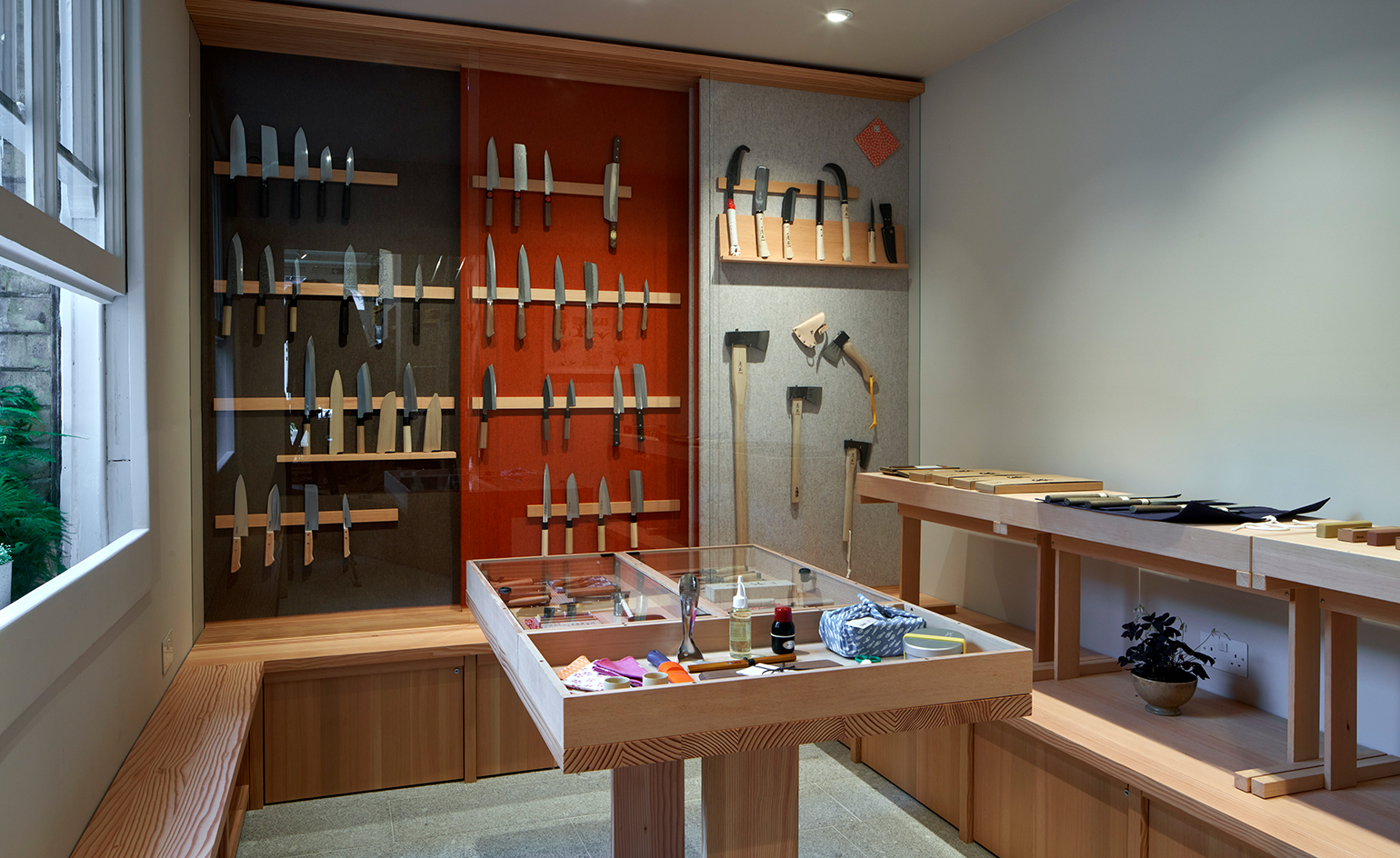 Niwaki is a new outlet for Japan’s most innovative tools
Niwaki is a new outlet for Japan’s most innovative toolsNew London store Niwaki sells exquisitely crafted Japanese gardening tools and workwear
-
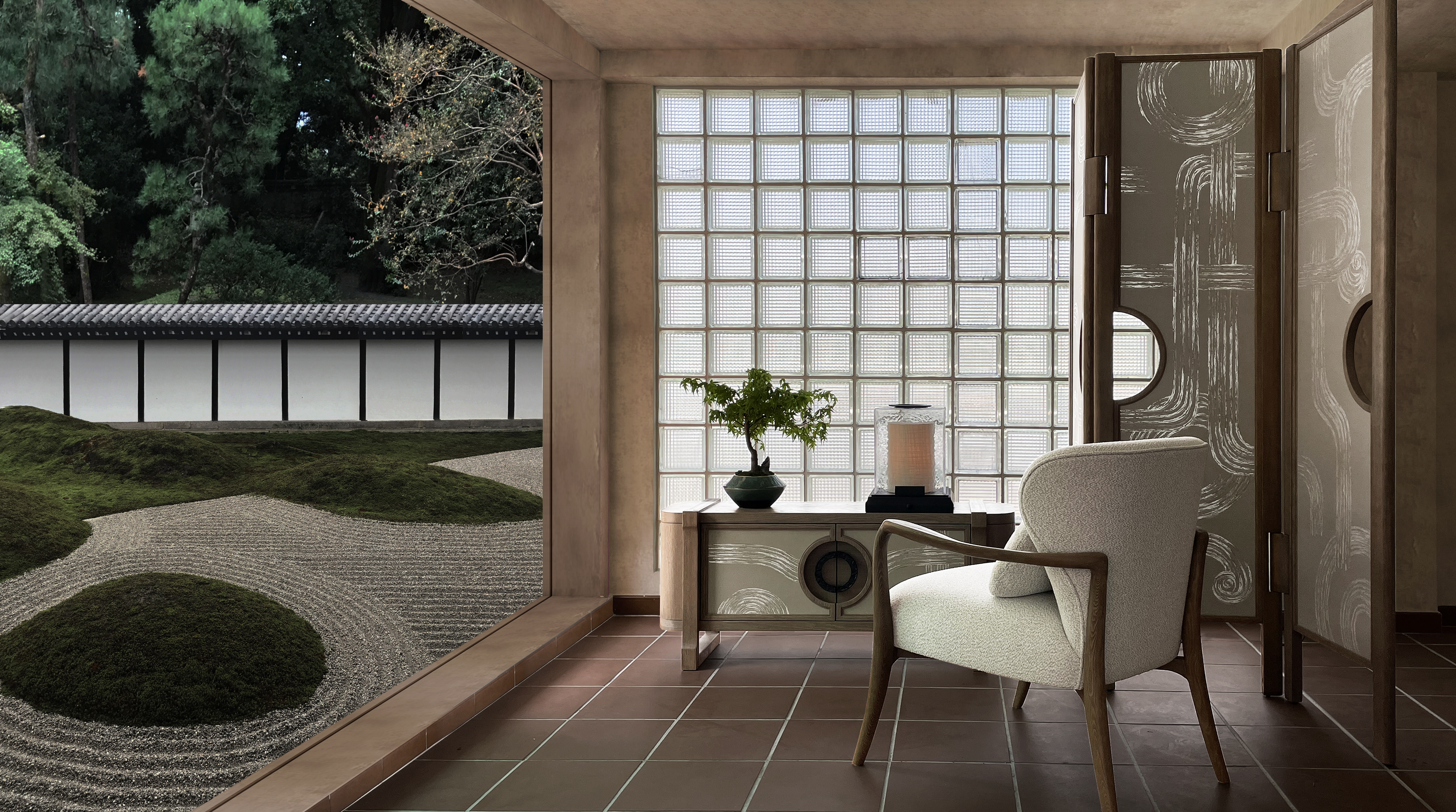 André Fu’s new furniture is inspired by Japanese gardens
André Fu’s new furniture is inspired by Japanese gardensAndré Fu Living’s Art Deco Garden is a collection of furniture, objects, wallcoverings and homeware inspired by Zen gardens and Art Deco
-
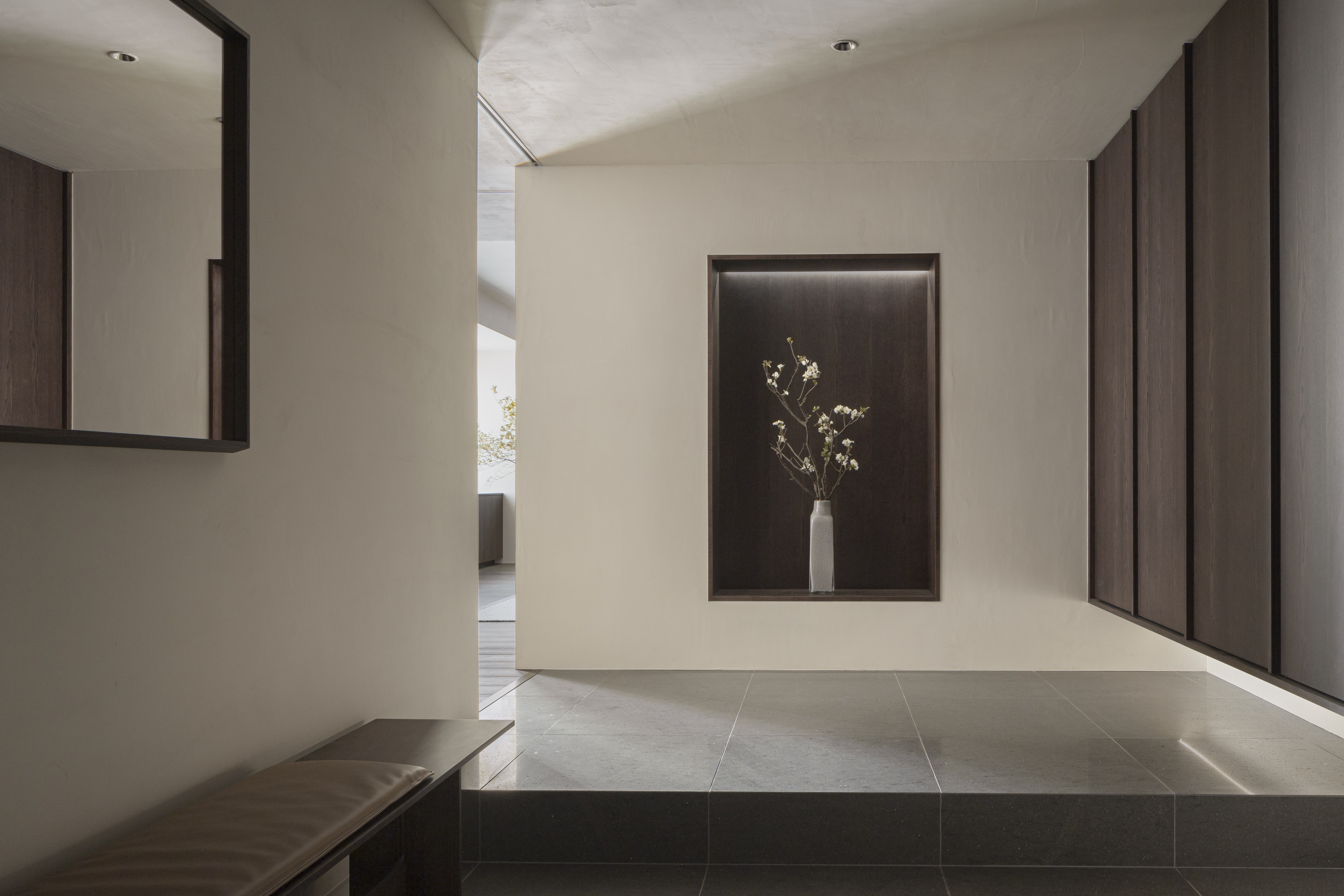 Japanese minimalism meets Scandinavian design in Karimoku Case Study
Japanese minimalism meets Scandinavian design in Karimoku Case StudyThe Azabu Residence by Keiji Ashizawa and Norm Architects’ Frederik Alexander Werner is part of the Karimoku Case Study project, and features a sombre material palette and restrained colour scheme for a peaceful family interior
-
 Snøhetta designs experimental culinary space in Tokyo
Snøhetta designs experimental culinary space in TokyoSnøhetta co-founder Craig Dykers discusses the architecture of Burnside – a Tokyo event space for art and design outfit En One and the Bronx chef collective Ghetto Gastro
-
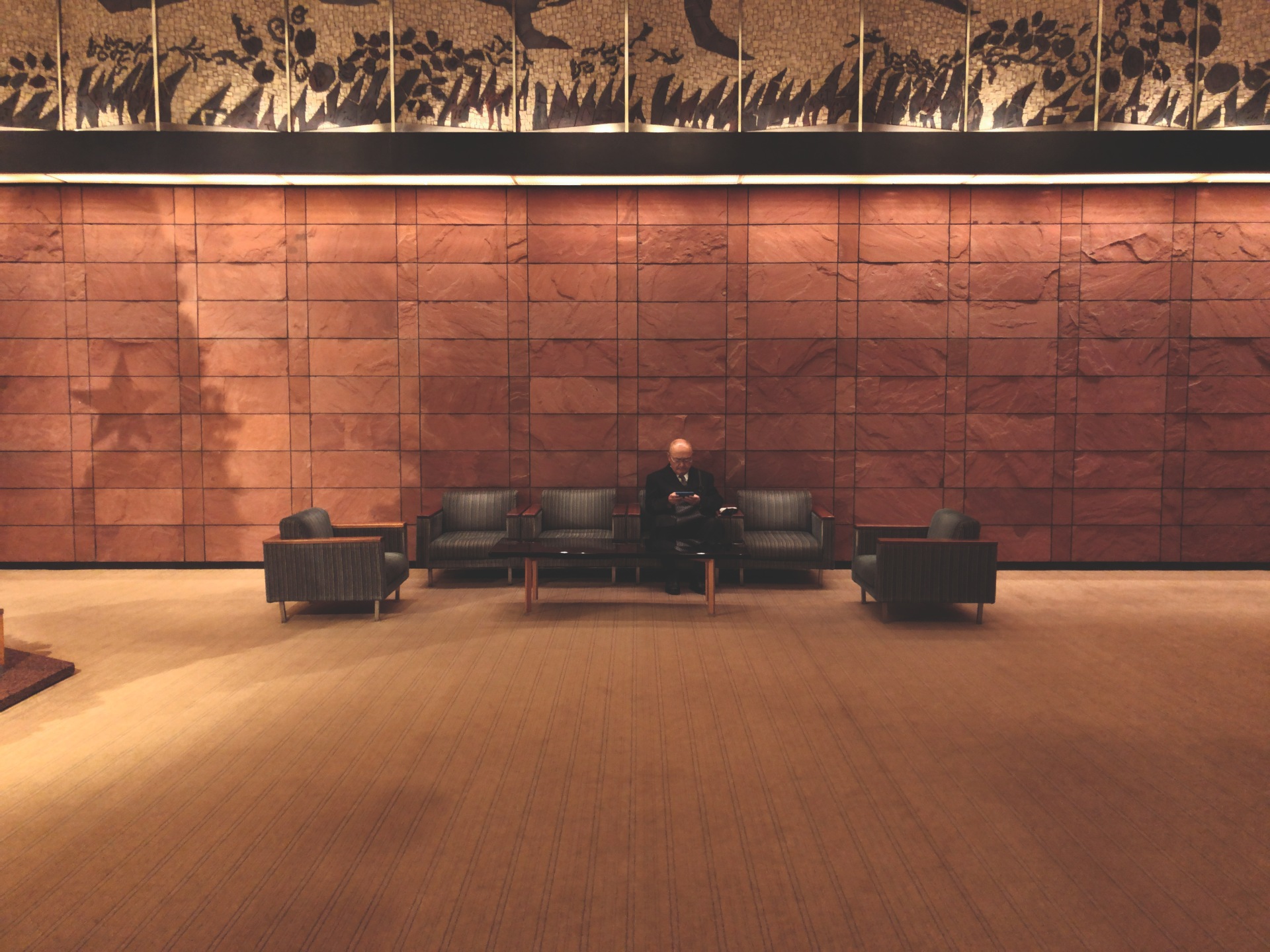 Japan as seen through the lens of Marcio Kogan
Japan as seen through the lens of Marcio KoganBrazilian architect Marcio Kogan recalls his Christmas tradition of traveling to Japan and how that inspired a new collection of seating for Minotti, referencing the original 1960s design of hotel Okura by Yoshiro Taniguchi